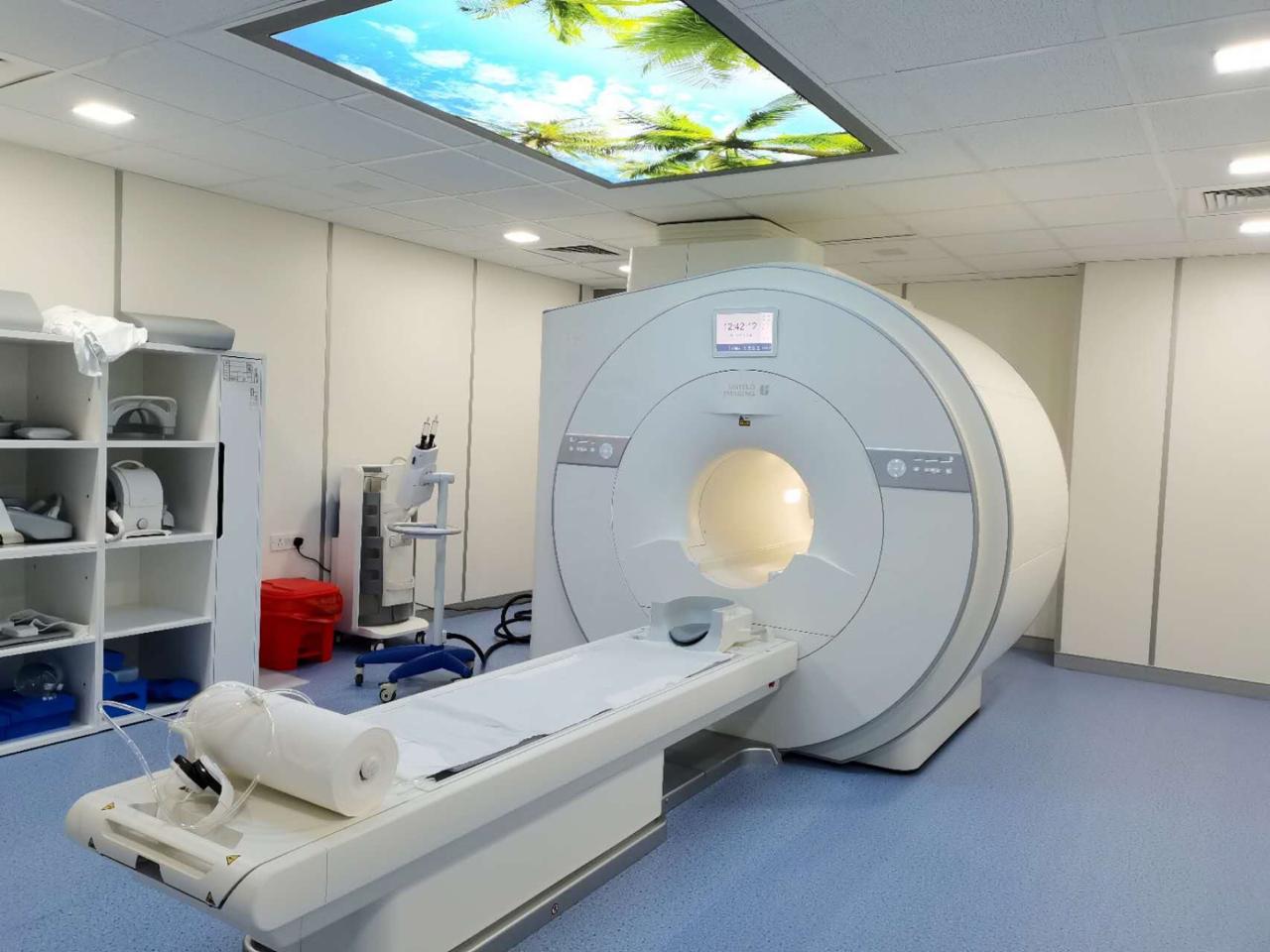
Investment in Modern Imaging Diagnostic Centres for Better Treatment Outcomes » Capital News
By Albert Mandela Ogendi
Imaging diagnostics are techniques used to view the inside of the body to help detect the causes of an illness or an injury, and how well a patient is responding to treatment. This is done mainly by machines with capabilities to picture activities and structures within the body. The decision on which imaging diagnostics to use—whether MRIs, CT scans, X-rays, ultrasounds, mammography, or PET scans—depends on which part of the body the doctors want to examine.
Imaging is, therefore a primary requirement to decide a treatment plan and monitor treatment progress. Most of these imaging diagnostics are non-invasive and require patients to sit inside a machine for a period. These procedures are usually painless and straightforward. However, some may require the insertion of a small scope inside the body to view particular organs, such as the colon. Some procedures may also require anaesthesia, while others expose patients to small amounts of radiation.
Reports indicate that Kenya has about 50 MRI machines, with 17 in Nairobi, eight in Nyanza, eight in the Rift Valley, five in Central, four in Coast, four in Eastern, two in Western, and two in North Eastern. While most of these machines are outdated, Kenya has only three PET (Positron Emission Tomography) scan machines, which show doctors how tissues function at a cellular level using radioactive material. There are about 250 CT (Computed Tomography) scan machines in Kenya, with 80 predominantly in Nairobi, many of them using lower-grade technology.
Kenya records approximately 250–500 MRI scans daily and 300–600 CT scans daily, with the majority conducted in Nairobi, highlighting a major accessibility challenge as roughly 70% of the population lives in rural areas. With one radiologist per one million people—far below the recommended 10 radiologists per 100,000 people—and a population of 50 million, Kenya has only one PET scan machine for 17 million people, one MRI machine for one million people, and one CT scan machine for every 200,000 people.
Against this backdrop, the government launched the Managed Equipment Services project in 2015 to address healthcare infrastructure gaps across the country. The programme leases high-tech equipment, including dialysis, radiology, and surgical equipment, to county hospitals to modernise facilities and make them more accessible.
There is no doubt that the demand for more diagnostic imaging equipment is rising due to increasing cases of trauma, neurological disorders, cancer diagnoses, orthopaedic assessments, and greater public awareness. A growing middle class that can afford specialised diagnostic services also contributes to the demand.
However, purchasing modern imaging machines is prohibitively expensive. A PET scan machine costs approximately KSh 400 million, a 1.5T MRI machine requires KSh 70 million, and a 128-slice CT scan costs KSh 60 million. Additional costs include site construction, electricity—one of the biggest expenses, with monthly power bills exceeding KSh 600,000—backup generators, UPS systems, printers, security systems, servicing, and maintenance. Radiographers and radiologists are also among the highest-paid healthcare professionals.
Establishing a diagnostic centre is generally costly for both private healthcare providers and the government. A county would need to invest approximately KSh 500 million for a fully equipped centre, which competes with other critical expenses such as stocking pharmacies and paying healthcare workers. This financial burden explains why the government opted for leasing contracts in 2015.
Would it be prudent for a private investor to lease these machines? The answer is both yes and no. Yes, because there is a clear demand for these procedures and a shortage of modern imaging centres, guaranteeing a steady revenue stream. No, because the initial investment is extremely high, the return on investment (ROI) is slow—sometimes spanning the lifespan of the machine—and operating costs, including registration, electricity, insurance, and personnel, are significant.
However, these challenges can be addressed. The government should provide 100% tax breaks on diagnostic equipment to lower costs by 10–20%. Additionally, the government should implement a programme offering free electricity connections for diagnostic centres, as it is unreasonable to expect investors to spend KSh 3–9 million on power grid connections.
Furthermore, the government, in collaboration with private banks, should offer low-interest loans for purchasing diagnostic machines, similar to the Kenya Mortgage Refinancing Company model. A 21%+ interest rate on a KSh 100 million machine translates to higher costs for patients. Establishing a dedicated fund to finance diagnostic equipment at a lower rate would attract more investors and improve accessibility to imaging services.
Ensuring quality healthcare is the government’s responsibility, which extends beyond providing human resources to making essential equipment more affordable and facilitating private investment. The government frequently grants tax breaks to farmers, provides financial support, and even writes off their loans. It is time the same approach was applied to the healthcare sector to enhance diagnostic imaging services and improve treatment outcomes.
The writer is the Executive Director of Luton Medical Hospital and a Top 40 Under 40 [2024] awardee.